10 things every Aussie needs when travelling in China
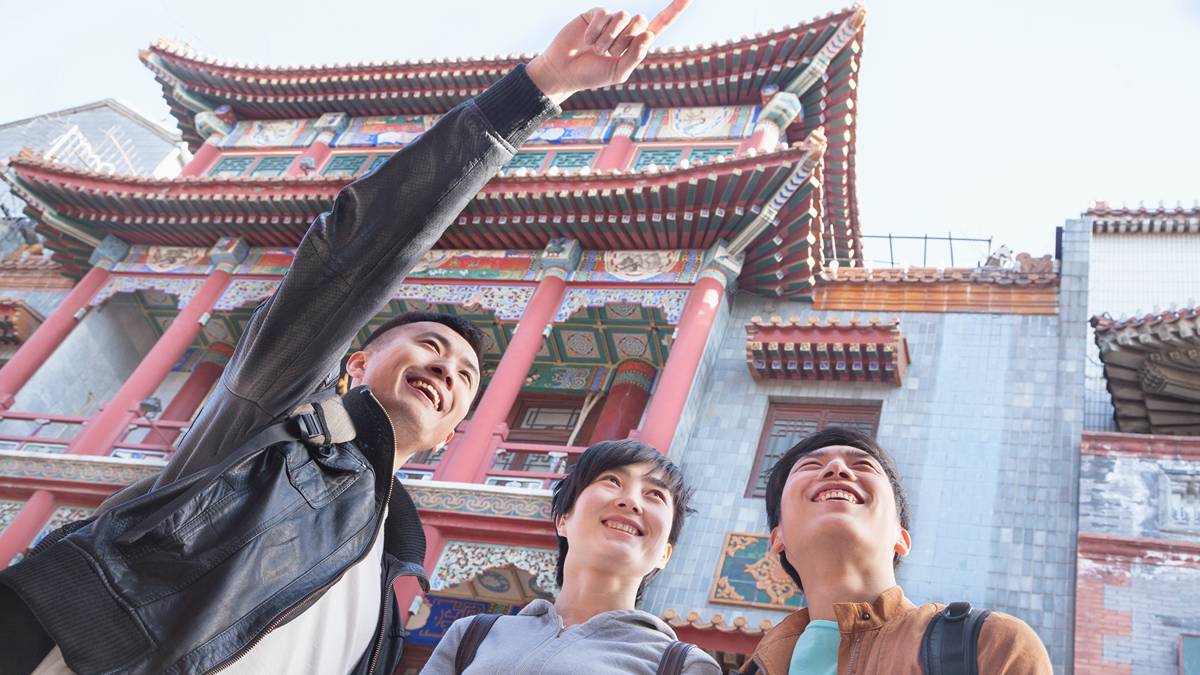
Thinking of travelling to China? Here are the top 10 things you don't want to go without. Pic: Getty Images
Words by Josh Ray for Escape.com.au
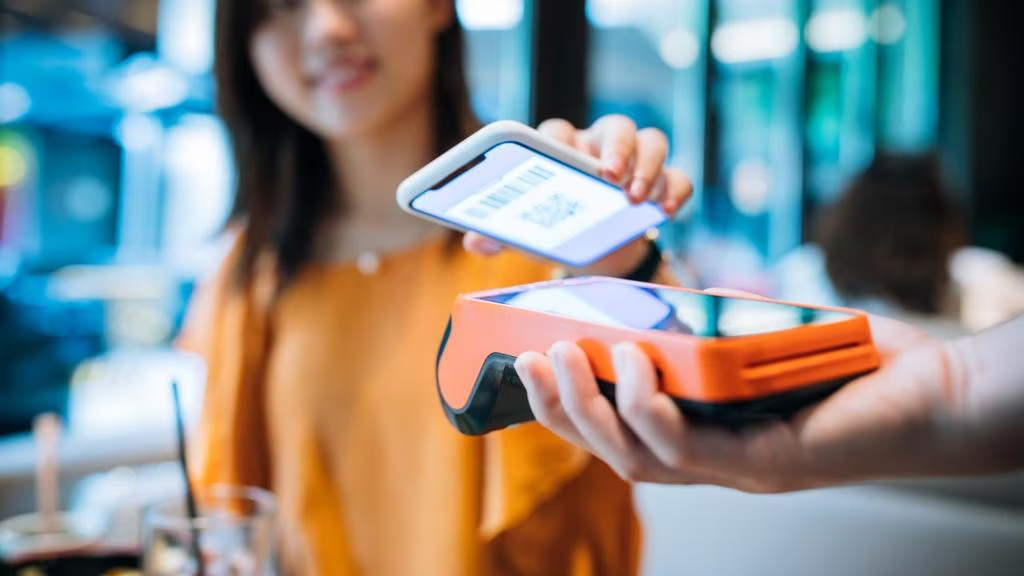
1. The “super apps”
Nearly everything you do in China requires the “super apps”, namely Alipay and WeChat. You use them to pay for goods, order taxis, to tap on to public transport, to message accommodation owners, as a map, to find good places to eat – the list goes on. Everything happens on these apps. And you must have both. Before you leave home, have them both downloaded and set-up (upload your bank account, personal information and so on). Do your research and get familiar with the apps’ key features, as well as any smaller-yet-useful tools. Again, everything happens on these apps.
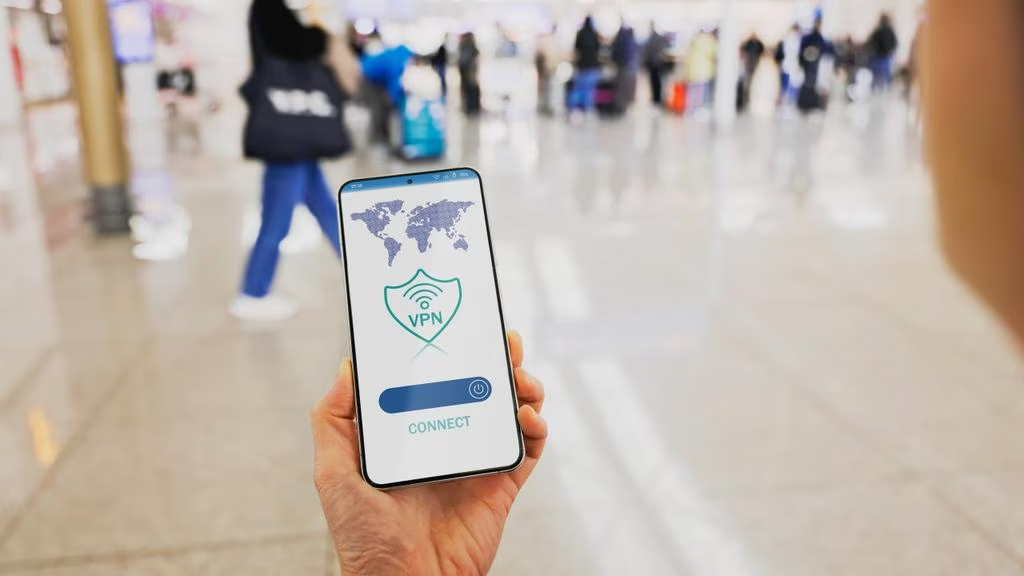
2. VPN(s)
Most websites and messaging/social media apps you normally use in Australia are blocked by the “Great Firewall of China”. To bypass this, you’ll need a VPN. A VPN (virtual private network) masks your location by encrypting your internet data. They’re easy to download on any device and straightforward to operate. There are loads to choose from, so do your research.
Depending on how long your trip is, I’d recommend two or three VPNs to ensure you always have a back-up – like any internet connection, a VPN can be shaky and might drift in and out. I used Lets VPN (which I recommend) and Express VPN (not recommended).
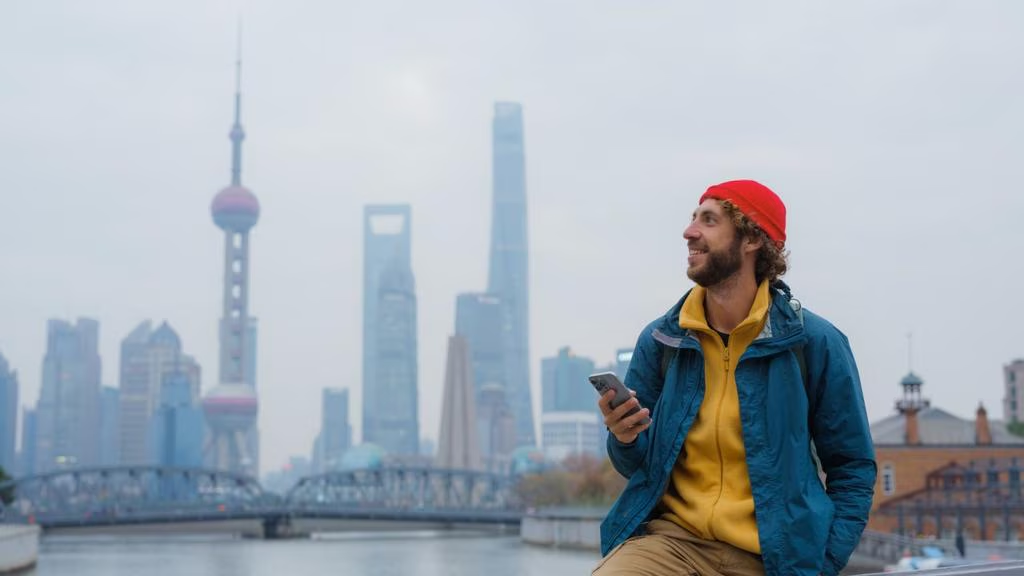
3. An SIM/eSIM
Using a VPN doesn’t mean you don’t need a SIM card. You absolutely do. eSims are readily available online. My phone at the time was not compatible with an eSim, so I bought a very reasonably priced 30GB-for-28-days physical card at a China Mobile store. Cards are available at all airports, while you can find any reasonable telecom storefront on any street in any city if required.
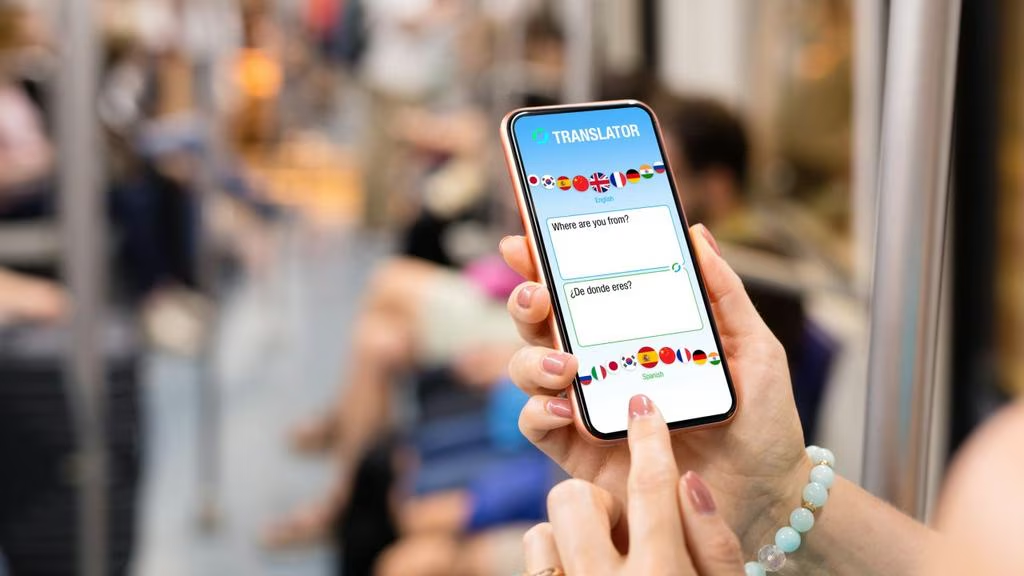
4. A downloaded translate app
English isn’t too common, so downloading Google Translate, as well as downloading both “Chinese (Simplified)” and “Chinese (Traditional)” on that app, will help you to communicate and read signs. You can also use the built-in translators in both Alipay and WeChat, but I opted for the familiar app.

5. The Michelin Guide
The Michelin Guide website is incredibly useful if you want to find quality food at any price. It’s especially useful since Google reviews aren’t as accessible as they are in most other parts of the world. Simply search your location and sort by price and you should find at least a few good spots to keep you full.
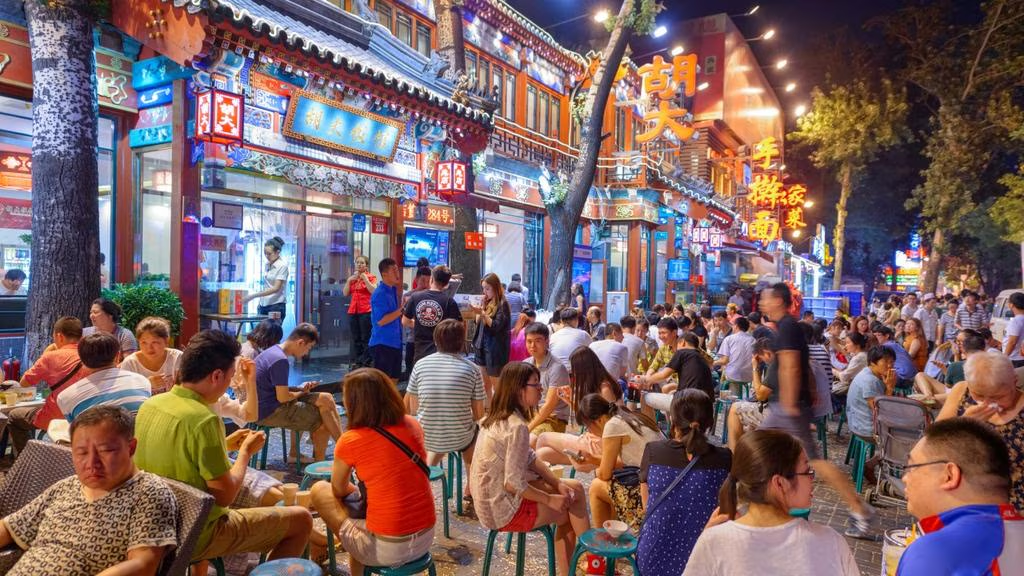
6. “Chinese Yelp”
Dianping – “Chinese Yelp”, as my travelling partner Zach called it – is a secret weapon when it comes to finding good food. Existing both as a function on Alipay and as a standalone app, Dianping is a combination of TikTok, Maps and the Michelin Guide. Yes, everything is communicated in Chinese, but you’ll be able to get past that as you familiarise yourself with its layout.
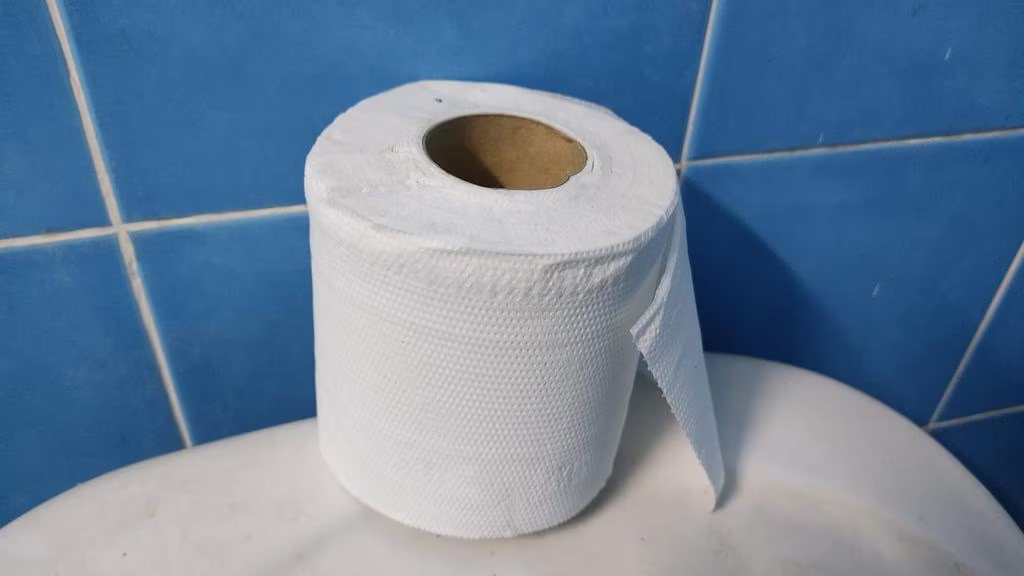
7. Toilet paper
“Should I take toilet paper?” is the most common question I’ve been asked since my return to Australia. Yes, you should take at least one roll of toilet paper in case your accommodation doesn’t have it. Most places, however, will have it or a box of tissues.
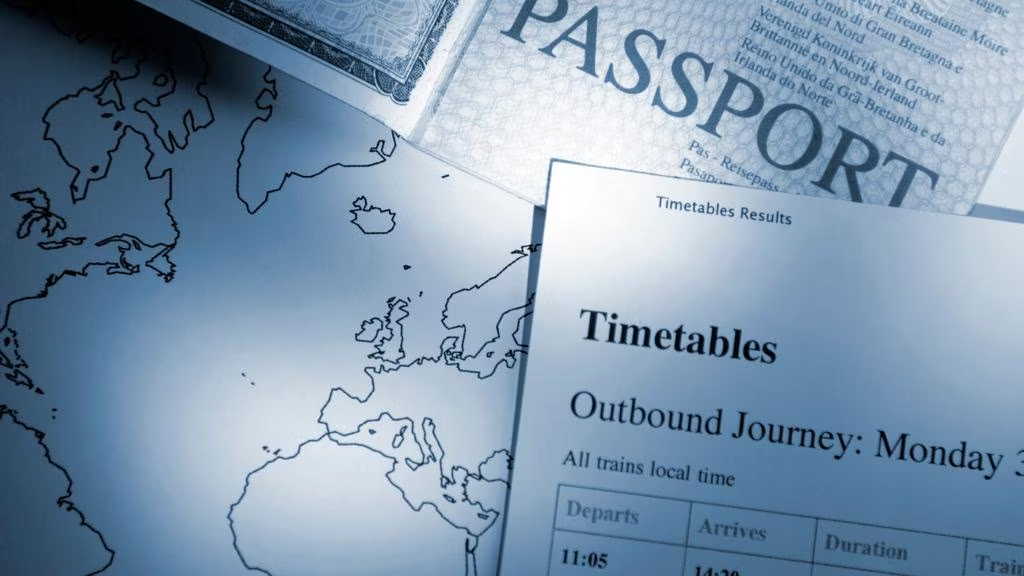
8. A printed itinerary
If you’re going to a lot of places, it’s easy to forget the names and even easier to botch their pronunciation. As such, to save any complications, I’d print out an itinerary with every place you’re going so customs officials can easily decipher the trajectory of your trip.
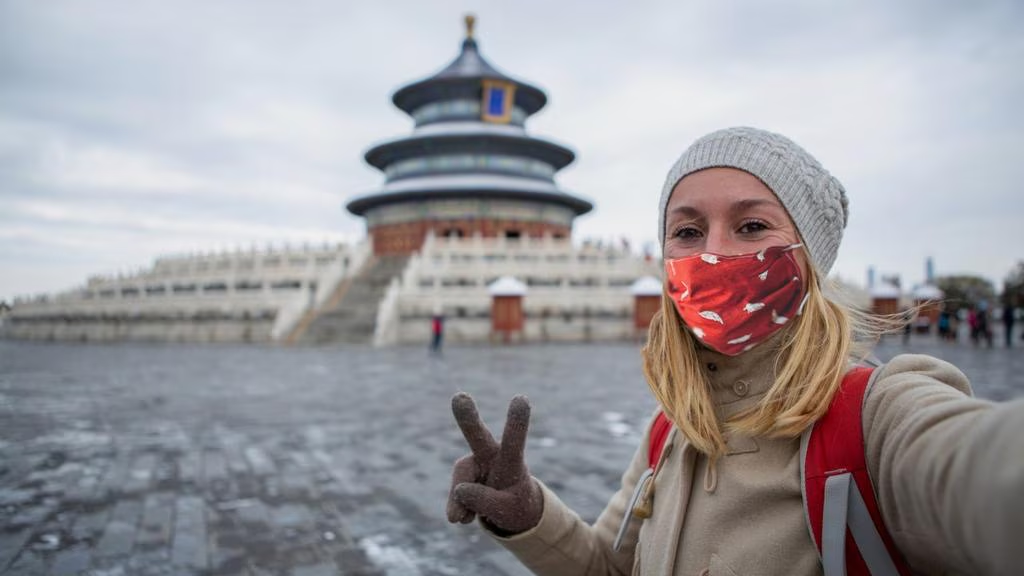
9. Face masks
Air pollution wasn’t as big an issue as I had anticipated, but smoke levels can vary depending on location and season. It’s best to play it safe if you struggle with a smoggy atmosphere.
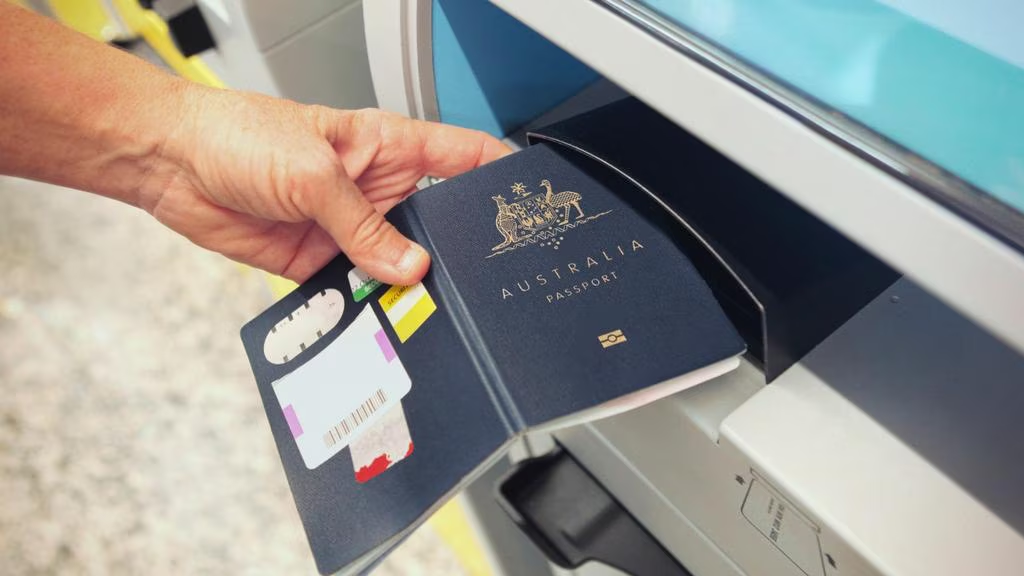
10. A visa
Visa-free travel to China from Australia recently expanded to 30 days, so you’ll only need a visa if you’re expecting to spend a long time there. Make sure, however, that you stay up to date with Smartraveller in case anything changes.
This article originally appeared on Escape.com.au as 10 things every Aussie needs when travelling in China.
Related Topics
UNLOCK INSIGHTS
Discover the untold stories of emerging ASX stocks.
Daily news and expert analysis, it's free to subscribe.
By proceeding, you confirm you understand that we handle personal information in accordance with our Privacy Policy.








